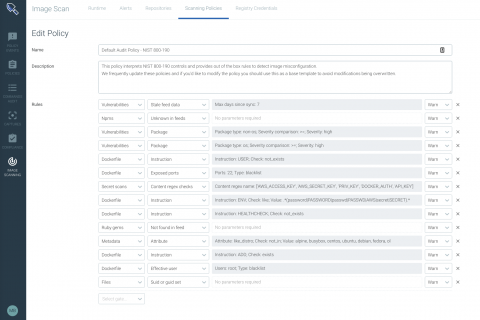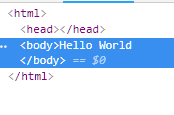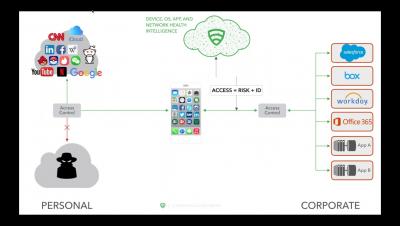Security | Threat Detection | Cyberattacks | DevSecOps | Compliance
%term
Announcing Sysdig Secure 2.3: NIST + PCI image compliance checks, Kubernetes and Docker remediation tips, and more!
Today we are very excited to announce our latest release — Sysdig Secure 2.3! In this version of Sysdig Secure, we have invested heavily in hardening the compliance posture of Kubernetes, Docker configurations, and container images. We have released a set of features that provide compliance focused image scanning, guided remediation, compliance dashboards, and more.
Why Can't I Protect Client Side?
From time-to-time we are asked “does our Encoder product protect JavaScript and HTML?” While our ionCube PHP Encoder product with its unique features such as Dynamic and External Keys do a wonderful job protecting the PHP code on your server, the same server protected code at the client side will still present all of the HTML, CSS and JavaScript when viewing the source in the browser.
Why Is Penetration Testing Critical to the Security of the Organization?
A complete security program involves many different facets working together to defend against digital threats. To create such a program, many organizations spend much of their resources on building up their defenses by investing in their security configuration management (SCM), file integrity monitoring (FIM), vulnerability management (VM) and log management capabilities. These investments make sense, as the resources listed above can all help protect the organization.
Five Easy Steps to Keep on Your Organization's DevOps Security Checklist
The discovery of a significant container-based (runc) exploit sent shudders across the Internet. Exploitation of CVE-2019-5736 can be achieved with “minimal user interaction”; it subsequently allows attackers to gain root-level code execution on the host. Scary, to be sure. Scarier, however, is that the minimal user interaction was made easier by failure to follow a single, simple rule: lock the door.
What is Risk Exception
A business wants to hire a vendor. However, this vendor does not meet policy standards and has requested an exception. The question you face is whether or not to approve or deny that exception request. What’s good for business sometimes comes with added risk. In fact, many incidents are the direct result of a policy violation. For risk management, and business needs, maybe the answer isn’t a simple yay or nay but a more nuanced approach.
The past, present & future of threat hunting
Threat hunting is a regularly-occurring activity in any high-performance SOC. But for less savvy organizations, it’s a must-have activity that can mean the difference between a malicious hack or a normal, uneventful day. With the stakes so high, it’s time to look at the history of threat hunting, what it looks like today, and the future of threat hunting – particularly as adversaries become more advanced every day.
Understanding the California Privacy Law Requirements
Another year, another privacy law on the horizon. In 2018, the big push for compliance with the European Union General Data Protection Regulation (GDPR). In 2019, companies are reeling from the new law governing data protection passed by ballot initiative. The California Consumer Privacy Act (CCPA) intends to place on companies who collect California residents’ personal information. But the question remains, in the morass of regulatory writing, “What is the CCPA?
Post-perimeter security 101: Dawn of a borderless world
USA Today Side Steps Targeted DDoS Attack with Sumo Logic
“We’re under attack” may be the three least favorite words of every cybersecurity professional out there. Luckily, for USA Today, this doesn’t happen often, however, last year one of our 115 media markets was targeted by a distributed denial of service (DDoS) attack.









